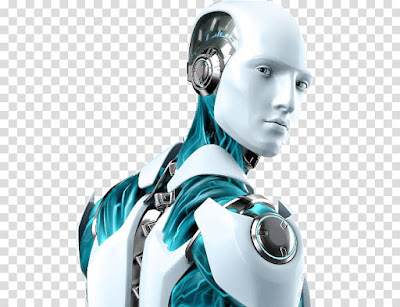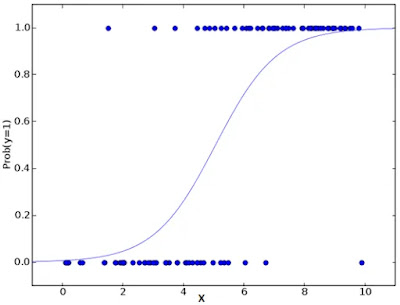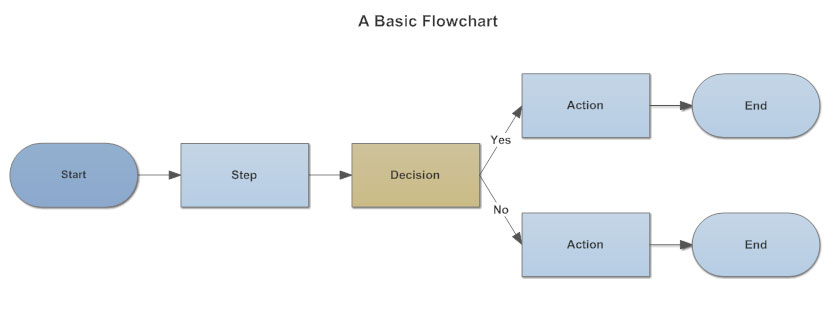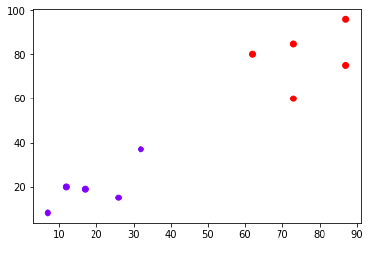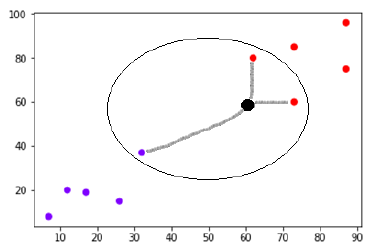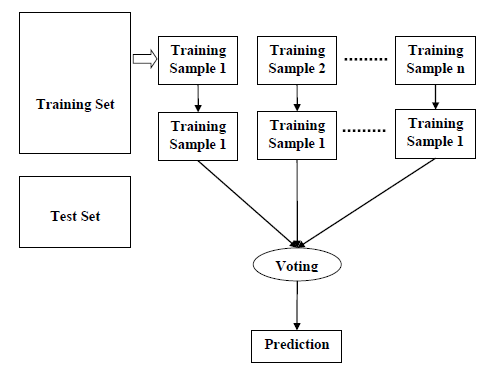As one of the most prevalent and transformative technologies of all time, artificial intelligence (AI) has been
incorporated in various major industries since the term was first coined in the
1950's.
There are many new technological innovations
that are changing how we live our lives, but artificial intelligence, or AI,
may present the most exciting changes. While AI has been around for a while
now, recent improvements have made the technology much more adaptable. Looking
into the future, it’s easy to predict a world in which artificial intelligence
plays a more significant role in our daily lives.
Getting around with AI:
Self-driving cars are already beginning to
make their way on the roadways, but we can expect this technology to advance
considerably in the coming years. The U.S Department of transportation has
started making regulations about the use of AI-driven vehicles and, as a
result, they have designated three levels of self-driving vehicles. Currently,
we’re at the lowest level with Google’s version of the vehicle, which still
requires a human driver to be at the wheel. Ultimately, the goal is to create
an entirely automated self-driving car, which is expected to be much safer.
Logistics companies and public transportation services are also looking at
incorporating AI technology to create self-driving trucks, buses, taxis,
and planes.
AI and Robotics will come together:
The field of cybernetics has already begun to associate with
artificial intelligence and that trend is expected to continue. By
incorporating AI technology into robotics, we’ll soon be able to enhance our
own bodies, giving us greater strength, longevity, and endurance. While
cybernetics may help us enhance our healthy bodies, the application of this
technology is really aimed at helping the disabled. Those individuals, who have
cut off limbs or permanent paralysis, can be given a much higher quality of life.
Cybernetic limbs that can communicate with the brain can become almost as
useful as natural limbs. In the future, artificial limbs may even become
stronger, faster, and more efficient.
AI will
help to create Humanoid Robots:
A lot of work,
finances and research are put into making these humanoid robots. The human body
is studied and examined first to get a clear picture of what is about to be
imitated. Then, one has to determine the task or purpose the humanoid is being
created for. Humanoid robots are created for several purposes. Some are created
strictly for experimental or research purposes. Others are created for
entertainment purposes. Some humanoids are created to carry out specific tasks
such as the tasks of a personal assistant using AI, help computer visioning,
and so on.
The next step
scientists and inventors have to take before a fully functional humanoid is
ready is creating mechanisms similar to human body parts and testing them.
Then, they have to go through the coding process which is one of the most vital
stages in creating a humanoid. Coding is the stage whereby these inventors
program the instructions and codes that would enable the humanoid to carry out
its functions and give answers when asked a question.
Although humanoid
robots are becoming very popular, inventors face a few challenges in creating
fully functional and realistic ones. Some of these challenges include:
· Actuators: These are the
motors that help in motion and making gestures. The human body is dynamic. You
can easily pick up a rock, toss it across the street, spin seven times and do
the waltz. All these can happen in the space of ten to fifteen seconds. To make
a humanoid robot, you need strong, efficient actuators that can imitate these
actions flexibly and within the same time frame or even less. The actuators
should be efficient enough to carry a wide range of actions.
· Sensors: These are what
help the humanoids to sense their environment. Humanoids need all the human
senses: touch, smell, sight, hearing and balance to function properly. The
hearing sensor is important for the humanoid to hear instructions, decipher
them and carry them out. The touch sensor prevents it from bumping into things
and causing self-damage. The humanoid needs a sensor to balance movement and
equally needs heat and pain sensors to know when it faces harm or is being
damaged. Facial sensors also need to be intact for the humanoid to make facial
expressions, and these sensors should be able to carry a wide range of
expressions.
Making sure that
these sensors are available and efficient is a hard task.
Facial
Recognition:
What
is a Facial Recognition System? In simple words, a Facial Recognition System
can be defined as a technology that can identify or verify a person from a
digital image or video source by comparing and analyzing patterns
based on the person’s facial contours.
Starting from the mid-1900's, scientists have been working on using
computers to recognize human faces. Face recognition has received substantial
attention from researchers due to its wide range applications in the real world.
WHY FACIAL RECOGNITION IS IMPORTANT?
Facial recognition is now
considered to have more advantages when compared to other biometric systems
like palm print and fingerprint since facial recognition doesn’t need any human
interaction and can be taken without a person’s knowledge which can be highly
useful in identifying the human activities found in various applications of
security like airport, criminal detection, face tracking, forensic, etc.
Your Face will become
your ID:
We’re already seeing bio
metric incorporated into our daily lives and that technology is expected
to evolve. Eventually, many in the tech industry anticipate AI-driven
applications allowing machines to recognize your face to complete transactions.
Your credit cards and driver’s license may be linked to your face, allowing
pattern recognition devices to know you instantly. This can make everyday
transactions far more efficient, saving us from having to wait in line at the
store, bank, or movie theater.
Receive better Medical care:
Research
is already underway to develop new software applications that use AI to help
doctors diagnose and treat patients. It won’t be long before wearable devices
can measure blood sugar levels for diabetics and transmit that data to the
patient’s doctor. Already, devices are in use that measure heart rate,
respiration, and other vital functions. Artificial intelligence may also help
patients better understand their care options and communicate more effectively
with their caregivers.
AI Response will be more Empathetic:
Internet users have
already seen the effect artificial intelligence has had when they visit a
website with a chat bot. In the past, chat bots were pre programmed to give
specific answers to specific inquiries. Today, artificial intelligence software
allows chat bots and virtual personal assistants to research any question and
provide an accurate response. While that is impressive, there’s still room for
advancement. Ultimately, AI-driven devices will analyze our speech or actions
to interpret our needs, so they can offer more insightful information. This
type of programming might best be described as “digital empathy” and it may
provide the best human-device interactions possible.
How AI Technology change our lives on a Personal level:
Artificial intelligence
has already made its way into many homes, but it will soon be indispensable in
most households. As we move closer toward becoming a technologically driven
society, AI applications will fulfill the promise that computers would make our
lives easier. AI technology will help us live happier and healthier lives,
while also helping us conserve time, energy, and money.
No comments:
Post a Comment
Blog Archive
Simple theme. Powered by Blogger.
Preview
Preview



